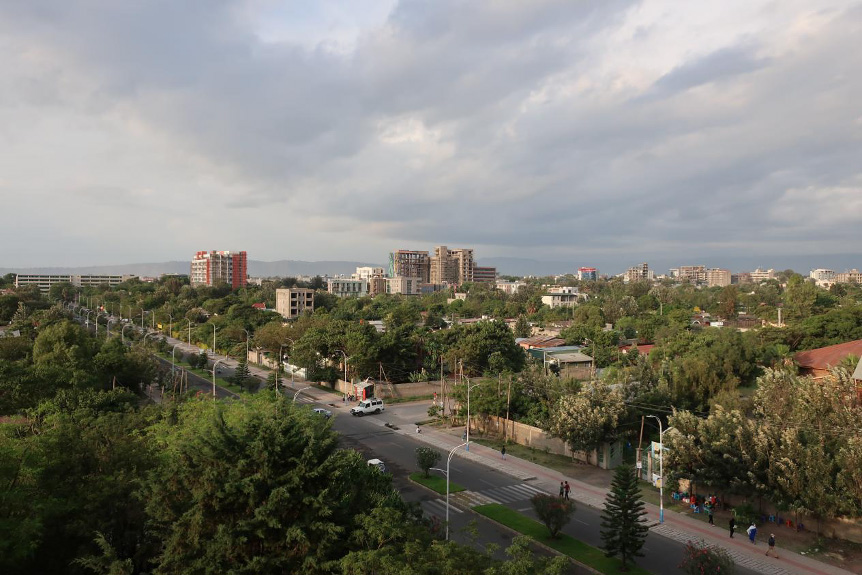

Project Overview
- Redevelopment of old dilapidated areas – Urban infill of under-utilized land
- Implementation of land readjustment, land pooling mechanism
- Informal settlement regularization upgrading
- Sustainable conversion of rural land for urban expansion
- Free land and infrastructure for public houses
Sectors
- Affordable Housing
- Informal Settlements Upgrading
US$30,000,000
Funding Goal
Ethiopia
Country
Africa
Region
Objectives
- To create institutional arrangements responsible for enacting land value capture regulations and their enforcements fully.
- Modelling development, redevelopment or land readjustment project based on the land value capture tools and the application of cross subsidization in the production of affordable housing production.
- Preparation of localized laws, regulations and manuals for the full application of the tools.
- Piloting one redevelopment project to test the limitations and potentials of the proposed models. An initial project on inner-city neighbourhood redevelopment has been prepared as part of the structural plan.
Progress Tracker
Phases
-
Phase 1
Design new institutional structure, create a board for accountability, establish a dedicated agency for policy implementation, and mobilize human and logistical resources.
-
Phase 2
Build capacity through training and experience sharing, develop manuals and regulatory frameworks for housing development based on land capture tools, and design new laws and frameworks.
-
Phase 3
Temporary or permanent relocation, construction of social housing on block 1, allocation of newly constructed houses, and development of social services and public spaces.
Current Stage
Ideation/concept
Timeline
3 years
Project Milestones
N/A
ESG Impact
The urbanization of all slums and informal settlements in upgradable areas and the participatory resettlement of slum in risk areas to ensure access for all adequate, safe and affordable housing for low and middle-income groups.
Beneficiaries
- Low and middle-income inhabitants of Hawassa.
- City administration and relevant stakeholders.
SDG Goals
Rationale
More than half of the city’s population lives in crowded and poor-quality informal dwellings. The project will enable the city to meet its adequate and affordable housing shortage for low and middle-income inhabitants. Affordable housing is crucial to escaping the poverty cycle, and thus the project will reduce inequalities present in the city, and provide skilled jobs for the construction sector leading to sustainable communities.
Tracks
Risks and Limitations
What are the key risks, constraints and dependencies related to the project?
- Limited capacity in local governments to implement and operate the project.
- Central-local political dynamics may hinder resource mobilization.
- Regulatory and policy frameworks are still under development.
Risk mitigation and continuity
Financing
Funding Goal
US$30,000,000
Type of Investment
N/A
Financing Structure
Public-Private Partnership
Secured Investment
N/A
Committed Government Funding
N/A
National and Subnational Investors
N/A
Committed Private Funding
N/A
Support
Technical Support Required
Technical, advisory, and capacity development support from federal government and non-governmental organizations.
Stakeholders
Governmental Buy-in
Hawassa city administration
Sidama Regional State;
Sidama Region Urban Development and Construction Office;
Other Forms of Governmental Support
National Ministries Involved
Ministry of Urban Development and Construction (MUDCo);
Ministry of Finance and Economic Development (MOFED);
SubNational Ministries Involved
Other Entities Involved
Ethiopian Investment Commission (EIC),
Commercial Bank of Ethiopia (CBE), Hawassa Industrial Park (HIP);
Industrial Parks Development Corporation (IPDC);
Licenses and Permits
Compliance with local and national regulations for land use, housing, and urban development.
Updates
Supporting Documents
No supporting documents included.
